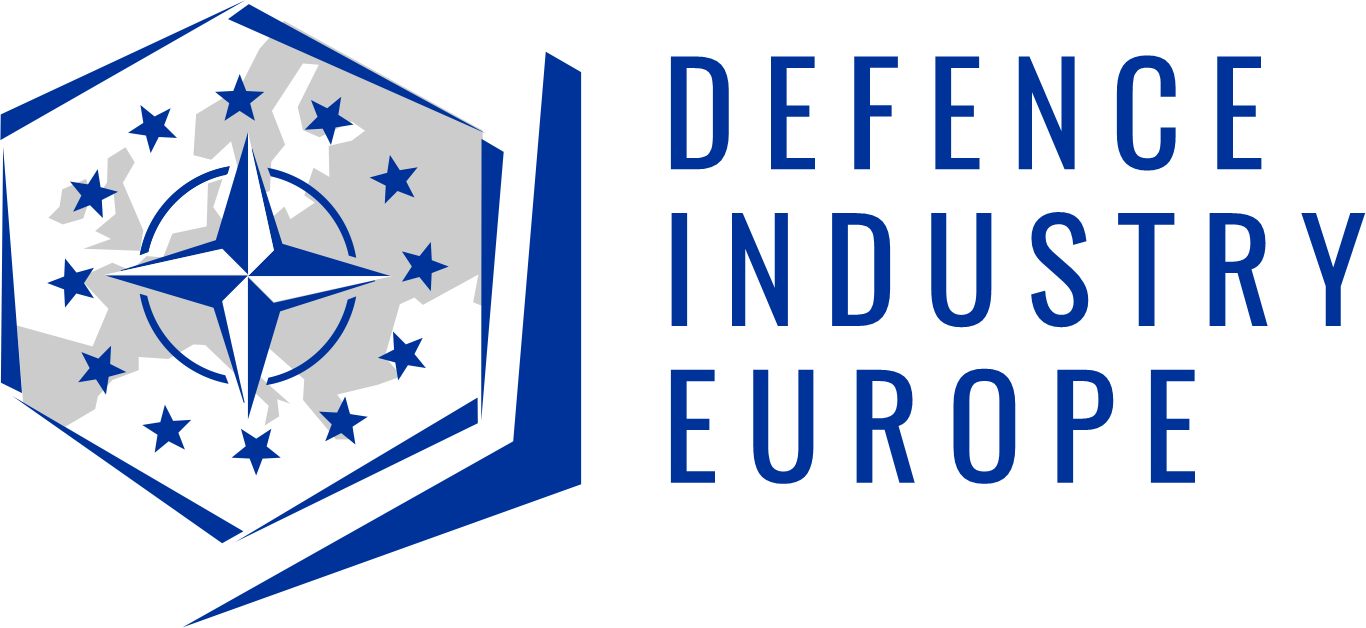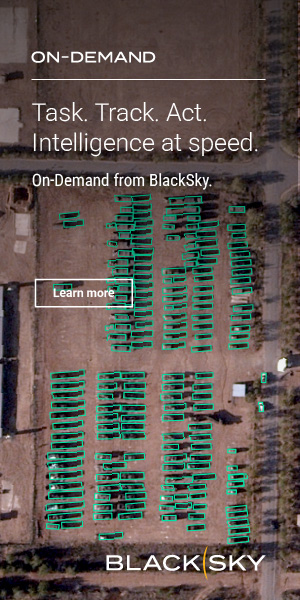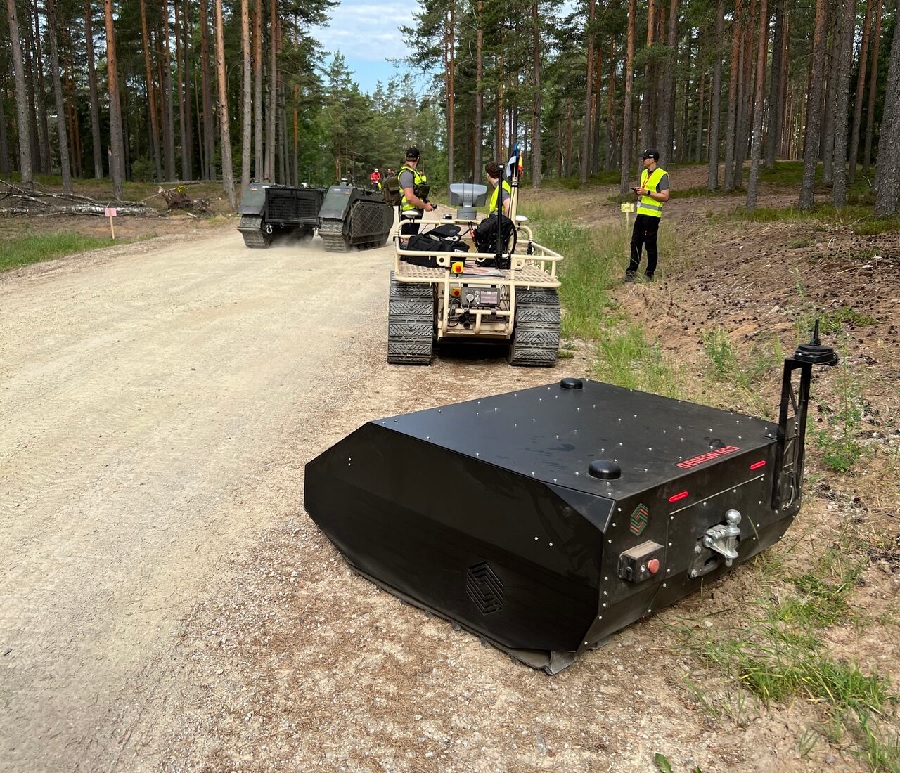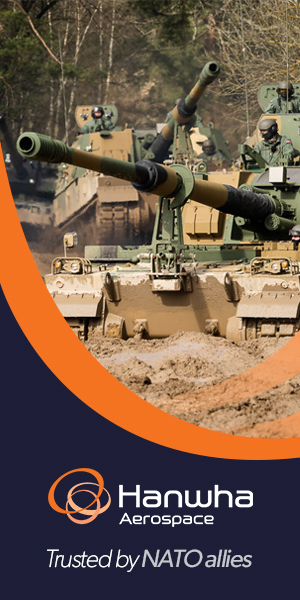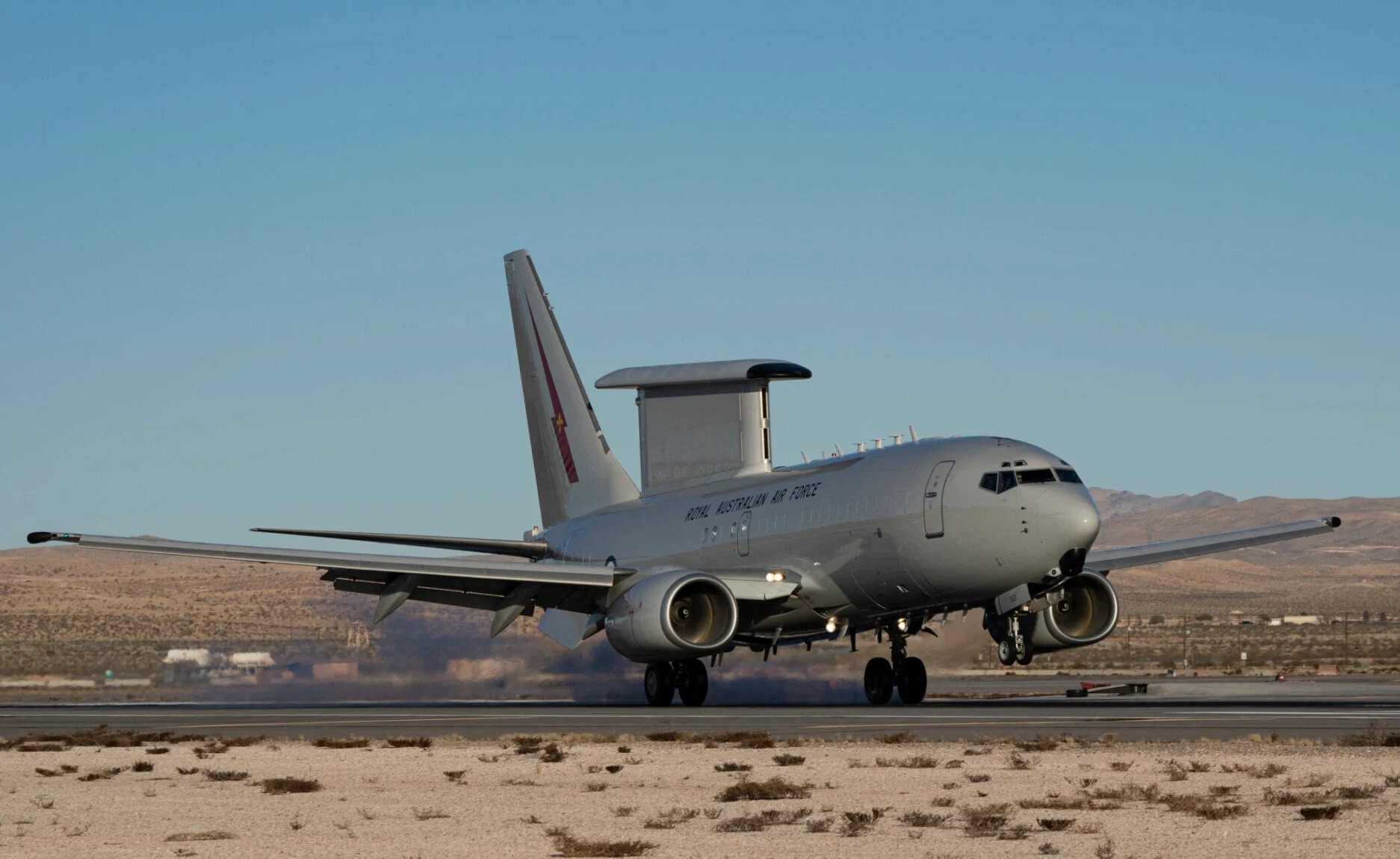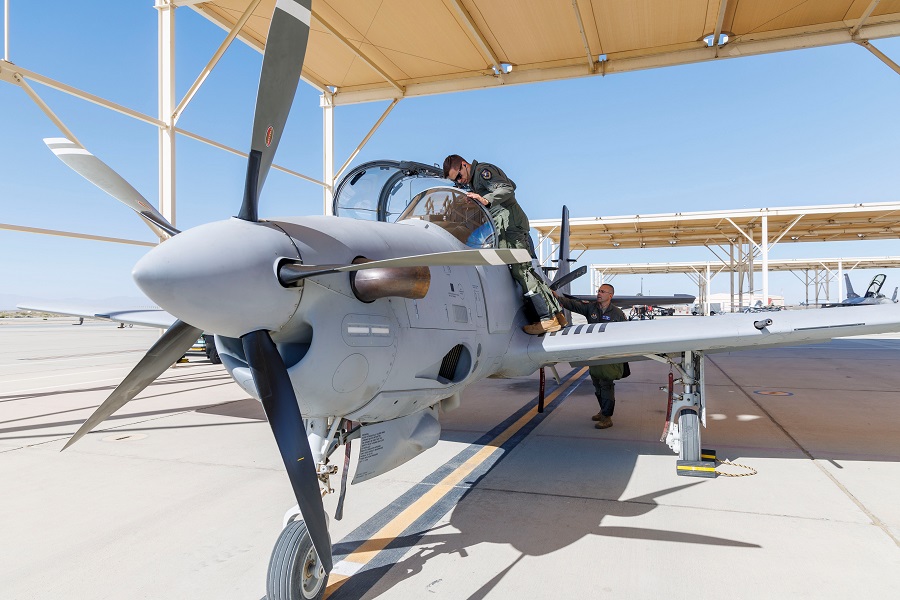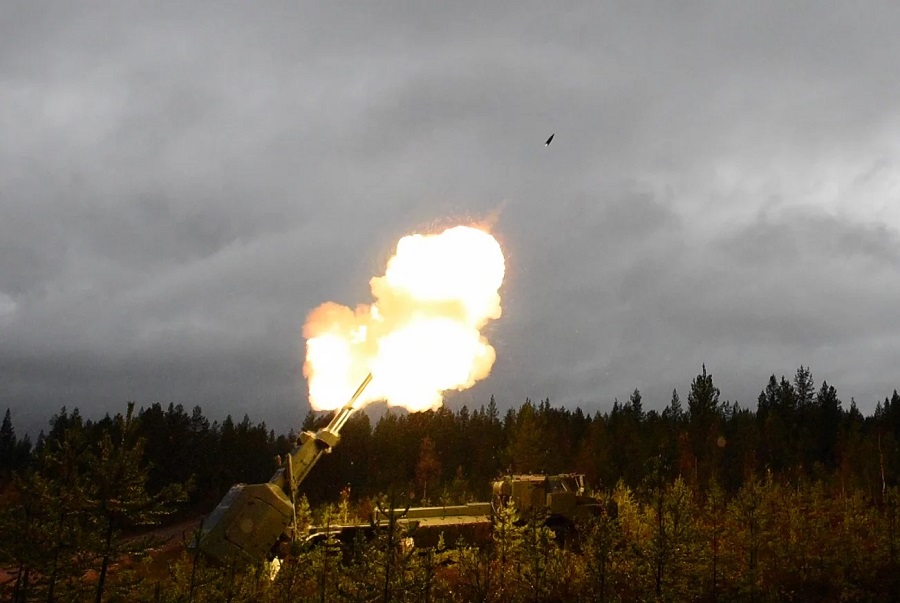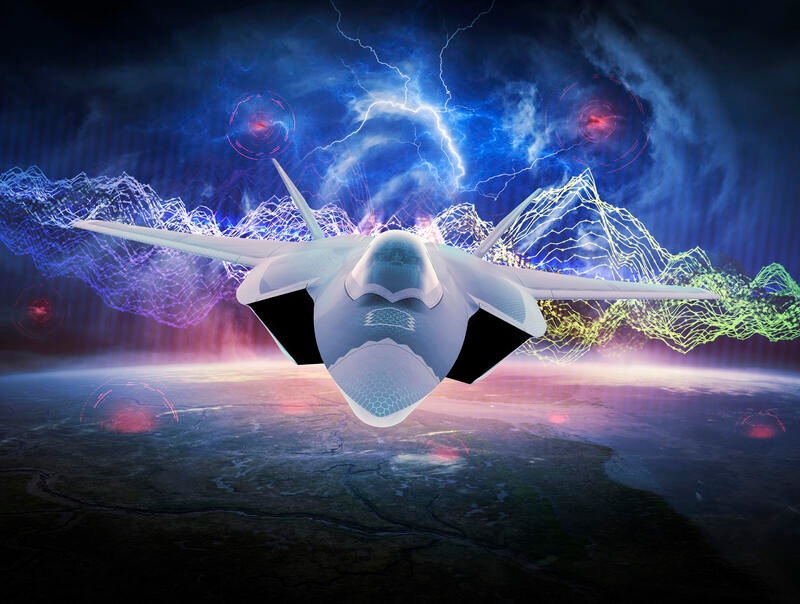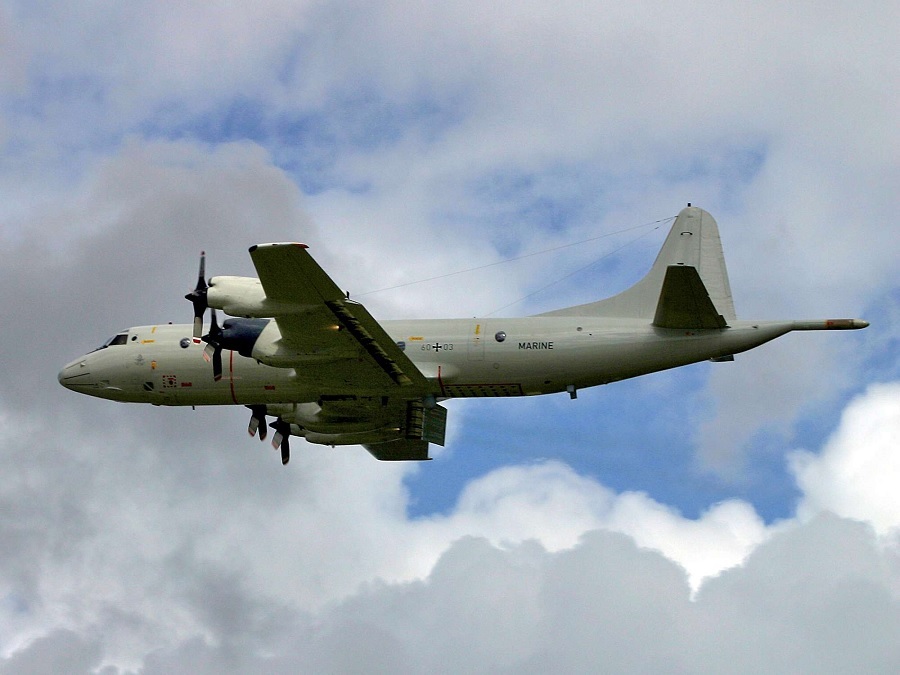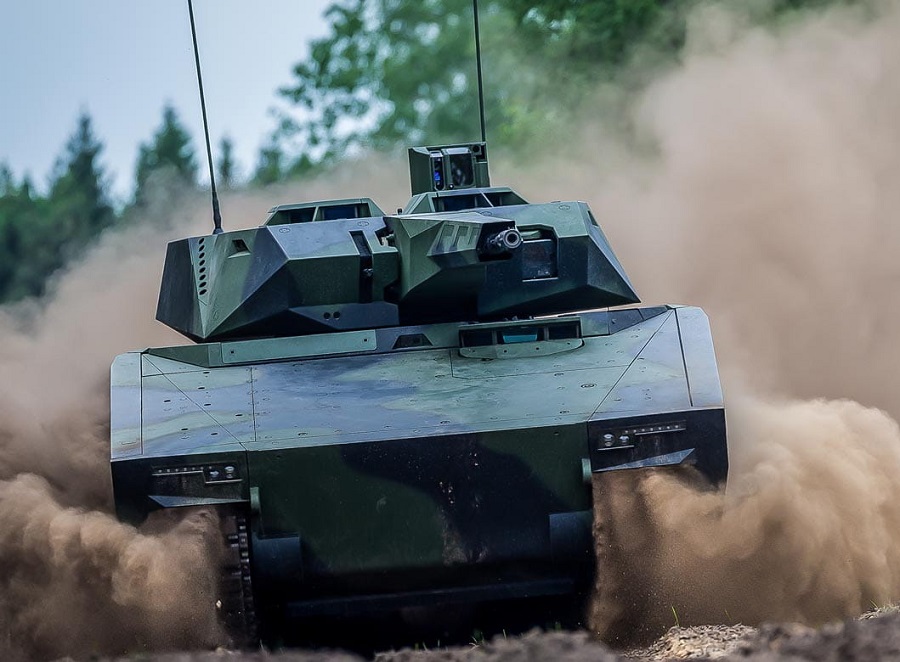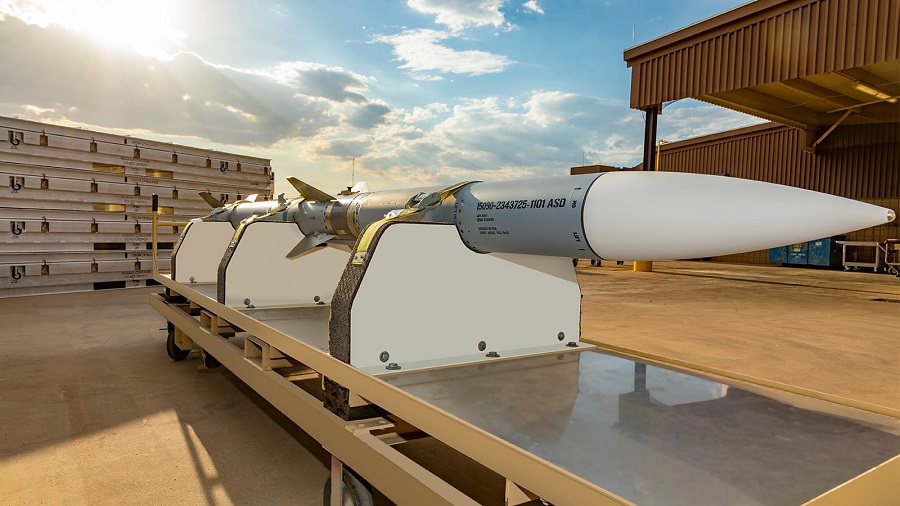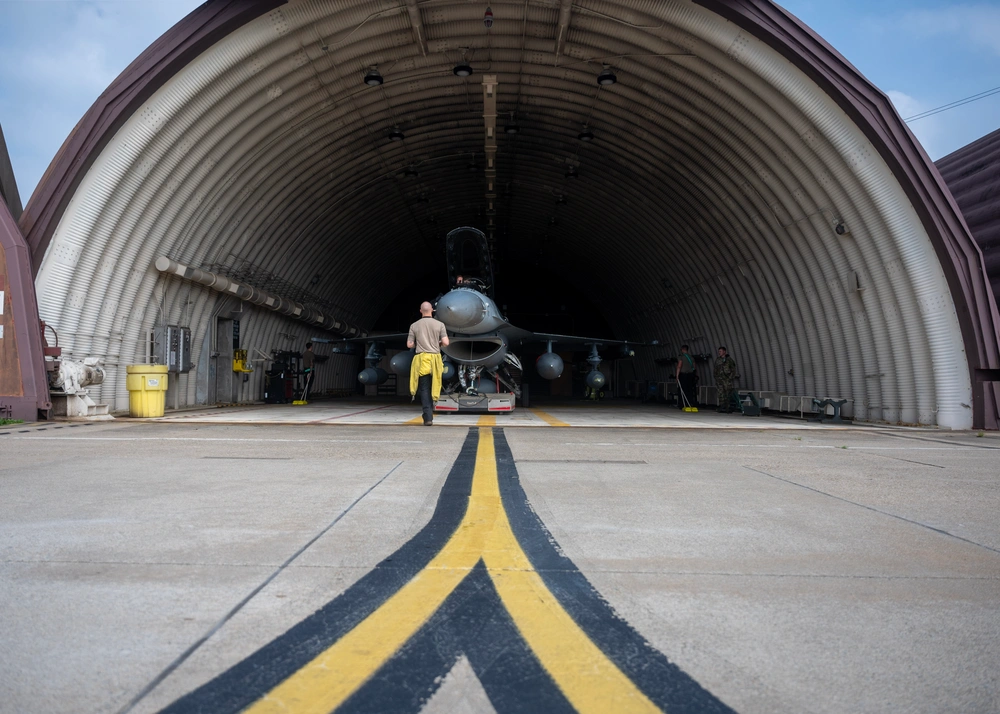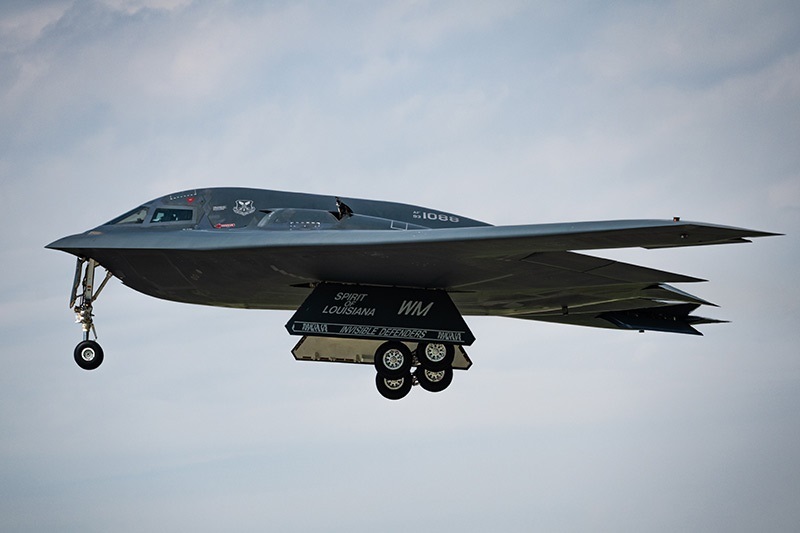Soldiers from Able Battery, 3rd Battalion, 321st Field Artillery Regiment, 18th Field Artillery Brigade moved through snow-covered and muddy training ranges at Camp Tapa to complete their annual artillery qualification. This exercise ensures that crews remain highly proficient in delivering effective fire support for NATO Allies.
As part of the certification process, HIMARS crews must complete six performance evaluations, known as the Artillery Tables of Fire I-VI. These assessments include academic tests on system operations and a culminating live-fire exercise to demonstrate combat effectiveness. The training helps Battery Commanders evaluate their unit’s readiness for real-world deployment.
“This certification ensures that we are ready and prepared to deploy anywhere within the theatre of operations here in Estonia,” said U.S. Army Maj. Adrian Betancourt, officer in charge of Task Force Voit. His remarks underscore the importance of maintaining high operational standards in the region.
Alongside U.S. forces, the newly formed Estonian HIMARS unit will undergo the same certification process to ensure its crews achieve full combat readiness. U.S. troops are providing direct training and mentorship to help Estonia integrate these advanced systems into its defence strategy.
“We do numerous training sessions with the Estonian HIMARS battery to guide them through their certification and qualification process,” said U.S. Army Capt. Matthew Rambin, Battery Commander of Able Battery, 3rd Battalion, 321st Field Artillery Regiment. This collaboration marks a significant milestone in Estonia’s ability to independently operate high-precision artillery systems.
Following increased NATO demand after Russia’s invasion of Ukraine, the U.S. State Department approved HIMARS sales to Estonia, Latvia, and Lithuania in 2022. Estonia recently received six HIMARS units from Lockheed Martin’s Arkansas facility on January 13, 2025, and they are currently en route to the country.
These systems will significantly enhance Estonia’s defence capabilities, allowing it to strike deep behind enemy lines with highly accurate long-range firepower. This addition strengthens NATO’s ability to deter potential threats in the Baltic region.
“We have a strong relationship with the Estonians, training them both through the HIMARS Academy and hands-on field exercises,” added Betancourt. The partnership ensures that Estonia’s new artillery units will be fully integrated into NATO’s defensive framework.


